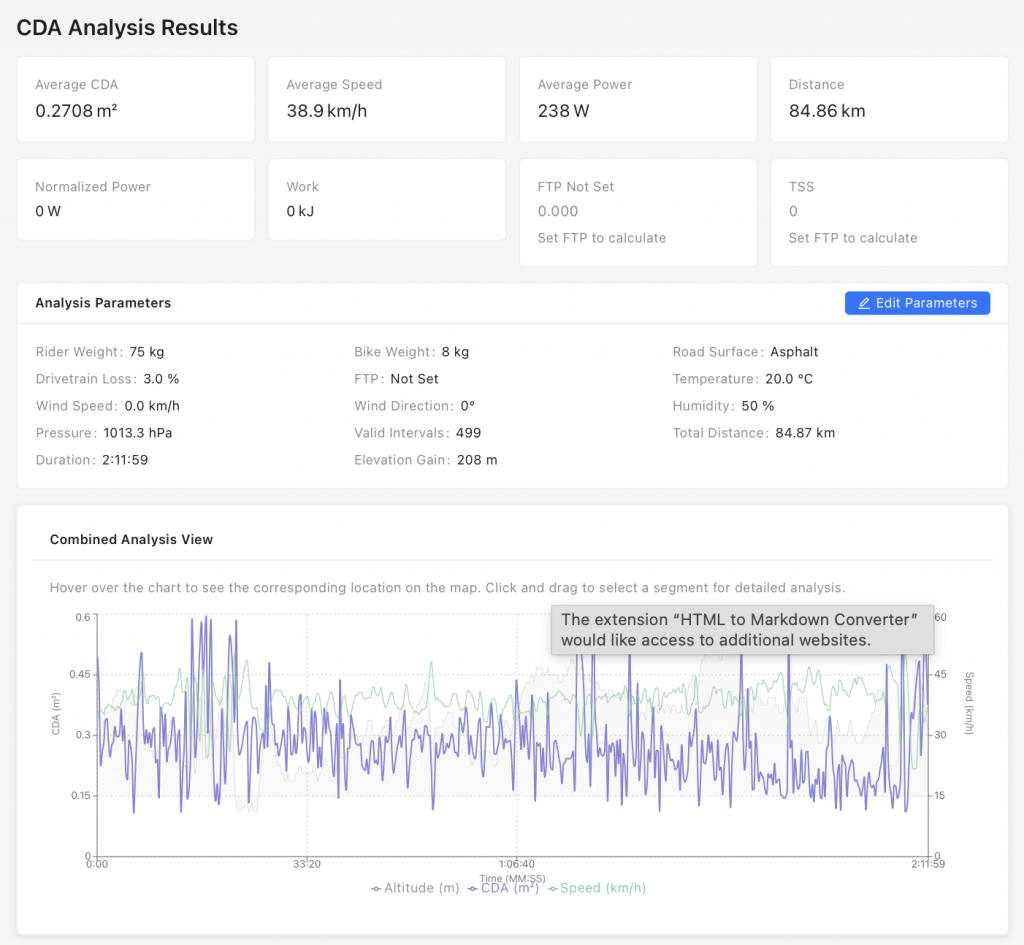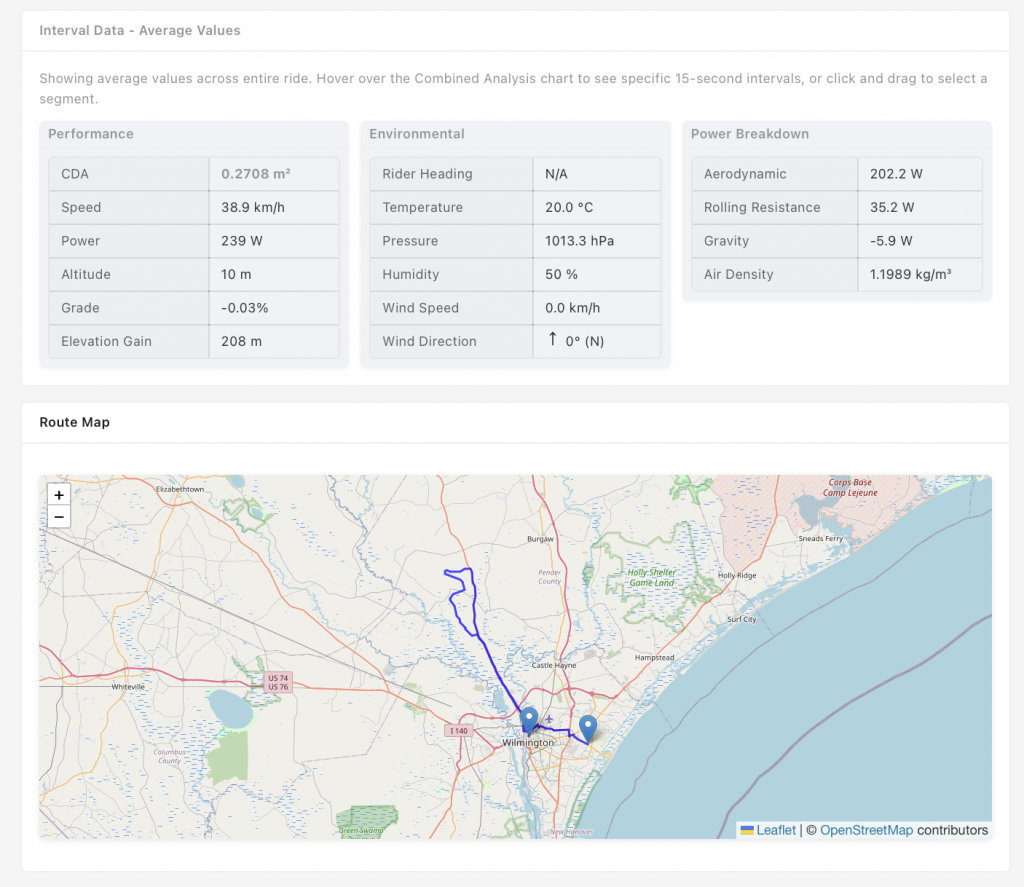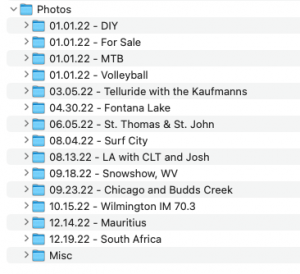I’ve been a BestBikeSplit user for years now. It’s been great for predicting race times and power requirements beforehand, and for analyzing my CdA after races. But at $20 per month, the cost started to feel steep for how often I actually used it.
That’s when I decided to create my own version using Claude. The project works surprisingly well, with results that match up closely with other paid subscription tools.


Check it out on Github here:








You must be logged in to post a comment.